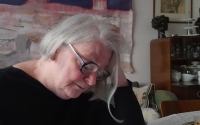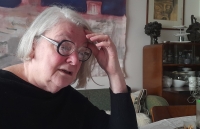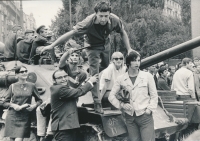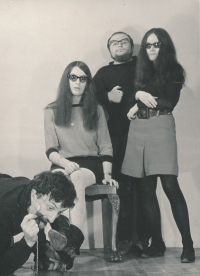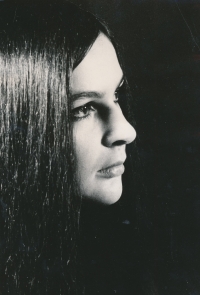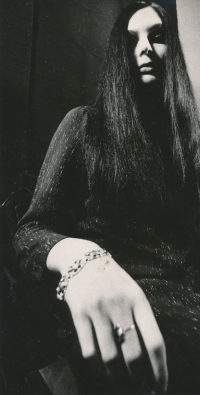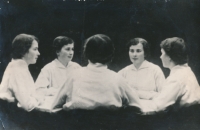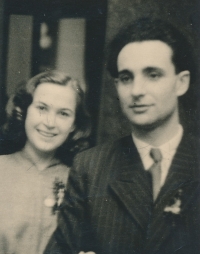Better not come back to Czechoslovakia
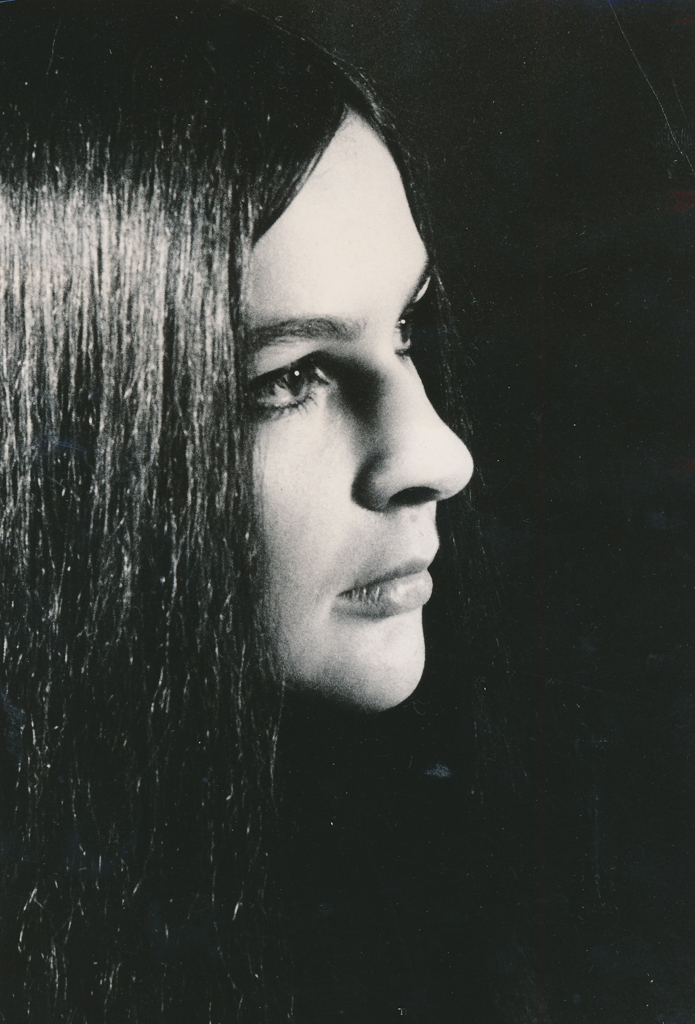
Download image
Miroslava Hajek, née Hájková, was born on 26 March 1947 in Brno into the family of doctor Miroslav Hájek and Alžběta, née Bělehrádková. On her father’s side, she has ancestors from the family of Tadeáš Hájek of Hájek and also Italian ancestors. Miroslava’s grandmother came from Russia. Among the significant personalities of the family were, for example, her great-grandfather František Bělehrádek (1867-1935), director of the Central Education Association [Ústřední matice školská - trans.], and her great-uncle Jan Bělehrádek (1896-1980), an anti-Nazi resistance fighter, rector of Charles University, who went into exile after 1948. Miroslava grew up with her older sister Ivana. They both graduated from the Secondary School of Arts and Crafts in Brno. While Ivana went on to become a painter and artist, Miroslava established herself as an art curator and art historian focusing on modern and contemporary art. She studied art history at the Faculty of Arts of Jan Evangelista Purkyně University in Brno from 1965 to 1969. Both sisters belonged to the hard core of the so-called Brno Bohemian movement in the 1960s, which held performances and happenings. During the annual anti-occupation demonstration in August 1969, she witnessed people getting shot in Prague. Afterwards, she and her sister travelled to Italy for an artistic meeting called “Eleven Days of Collective Art”. They obeyed warnings not to return to Czechoslovakia because of the risk of political persecution and imprisonment and stayed in Italy. Miroslava founded an art gallery in Novara in 1970, which later became the UXA cultural centre, which she ran until 2000. As an organizer and curator of both independent and collective exhibitions in Italy, she has presented several Czech and Slovak artists. She organized art film shows, projects presenting art as an environment, multimedia installations and concerts. She compiled a collection of the most important works by Bruno Munari, which is the basis of a body of artworks documenting the context of European art and philosophy. As a curator, she is well known even outside Italy, having organized exhibitions in India, Ireland, Germany, France and Austria, among others. Since 1990 she has lived partly in Prague and Novara, Italy.
